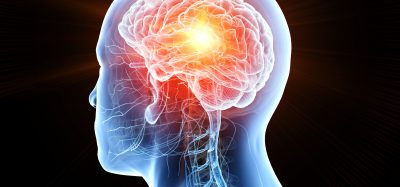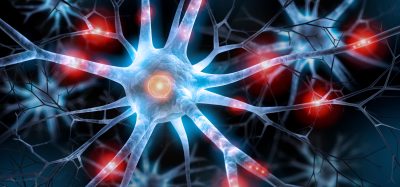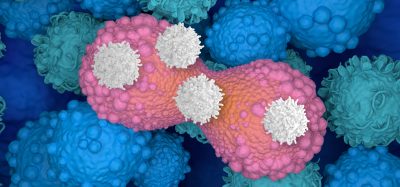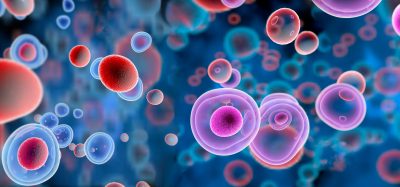Whole-brain organoid offers breakthrough in neurological research
Posted: 7 August 2025 | Drug Target Review | No comments yet
Johns Hopkins University scientists have engineered a new multi-region brain organoid that mimics early human brain development. The model offers a powerful new tool for studying disorders like autism, schizophrenia and Alzheimer’s disease.
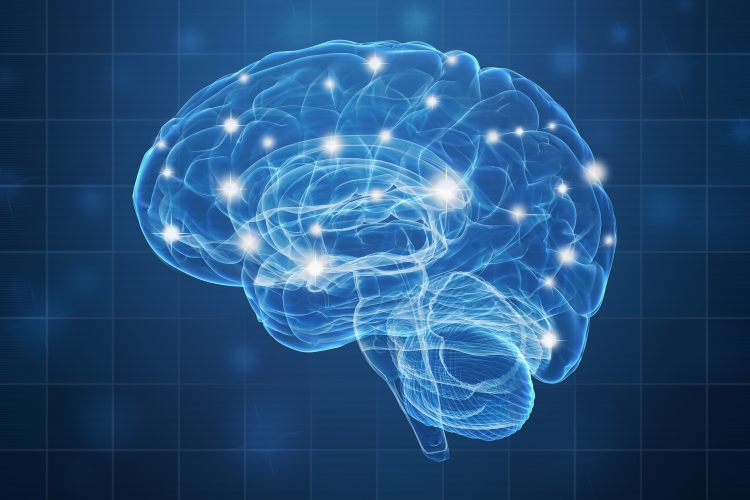

Johns Hopkins University researchers have created a new whole-brain organoid – complete with neural tissues and rudimentary blood vessels. This creation could become a new tool for studying complex neuropsychiatric disorders such as autism and schizophrenia.
A new generation of brain models
“We’ve made the next generation of brain organoids,” said lead author Annie Kathuria, an assistant professor in JHU’s Department of Biomedical Engineering who studies brain development and neuropsychiatric disorders. “Most brain organoids that you see in papers are one brain region, like the cortex or the hindbrain or midbrain. We’ve grown a rudimentary whole-brain organoid; we call it the multi-region brain organoid (MRBO).”
Unlike previous models, the multi-region brain organoid integrates tissues from different brain regions, allowing scientists to study how they interact. The research, published in Advanced Science, represents one of the first successful attempts to generate an organoid with tissues from every brain region connected and functioning together.
Biomarkers aren’t just supporting drug discovery – they’re driving it
FREE market report
From smarter trials to faster insights, this report unpacks the science, strategy and real-world impact behind the next generation of precision therapies.
What you’ll unlock:
- How biomarkers are guiding dose selection and early efficacy decisions in complex trials
- Why multi-omics, liquid biopsy and digital tools are redefining the discovery process
- What makes lab data regulatory-ready and why alignment matters from day one
Explore how biomarkers are shaping early drug development
Access the full report – it’s free!
How the multi-region brain organoid was built
Kathuria and her team began by cultivating neural cells from separate brain regions and rudimentary forms of blood vessels in individual lab dishes. Using sticky proteins as a biological glue, the researchers fused these components together. Over time, the tissues formed connections, producing electrical activity and responding as a network.
The MRBO retained a broad diversity of neuronal cell types, with the characteristics of a brain in a 40-day-old human foetus. Approximately 80 percent of the cell types typically found during early human brain development were equally represented in the lab-grown organoid.
Though far smaller than a real brain – containing around 6 to 7 million neurons compared with tens of billions in adults – the organoids provide a unique platform for studying whole-brain development. Early signs of a blood–brain barrier – a critical protective layer – were observed too.
The beginning of development for new therapies
“We need to study models with human cells if you want to understand neurodevelopmental disorders or neuropsychiatric disorders, but I can’t ask a person to let me take a peek at their brain just to study autism,” Kathuria explained. “Whole-brain organoids let us watch disorders develop in real time, see if treatments work, and even tailor therapies to individual patients.”
The ability to observe diseases as they form in human-like brain models provides significant potential for developing targeted treatments. Whole-brain organoids could also improve the success rates of drug trials. Currently, 85 to 90 percent of drugs fail during Phase 1 clinical trials – with neuropsychiatric drugs failing at a rate closer to 96 percent.
Toward better drug screening
Because these organoids mimic human brain development more closely than animal models, they may serve as more reliable test subjects for new therapies.
“Diseases such as schizophrenia, autism and Alzheimer’s affect the whole brain, not just one part of the brain,” Kathuria said. “If we can understand what goes wrong early in development, we may be able to find new targets for drug screening. We can test new drugs or treatments on the organoids and determine whether they’re actually having an impact on the organoids.”
A platform for future discoveries
The development of the multi-region brain organoid marks an important step forwards in neuroscience research. By offering a more accurate model of the human brain, this new organoid could start the process towards developing new therapies, while improving our understanding of complex neurological diseases.
Related topics
Cell Cultures, Central Nervous System (CNS), Disease Research, Drug Discovery, Drug Discovery Processes, Neurosciences, Organoids, Translational Science
Related conditions
Autism, Schizophrenia
Related organisations
Johns Hopkins University




